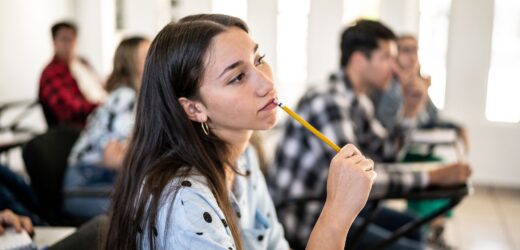The research is clear: students can learn from and with each other in groups. But that learning is not the automatic, inevitable outcome of small group interactions. Dysfunctional group dynamics, such as free riding, leadership problems, poor time management, and unaddressed conflict frequently compromise learning outcomes. Faculty have tackled these problems with a variety of strategies, but few of their approaches have been tested empirically. The study below starts by exploring group dynamics details that may counter some of these dysfunctions.
Related Articles
I have two loves: teaching and learning. Although I love them for different reasons, I’ve been passionate about...
The Transparency in Learning and Teaching (TILT) Framework (Winkelmes, 2012, 2016) provides a helpful way to inform and...
If we named the purposes of college, chief among them would be ideas surrounding the transfer of knowledge...
Higher education has traditionally taught from theory to practice. Students first learn the underlying principles of a subject,...
Two truths and a lie is a popular social icebreaker game. In case you aren’t familiar with it,...
“How do we know students are earning the degrees we confer?” That question, which a board member at...
E-learning literature and research strongly suggest that online instructors should build their presence into a successful asynchronous course....








